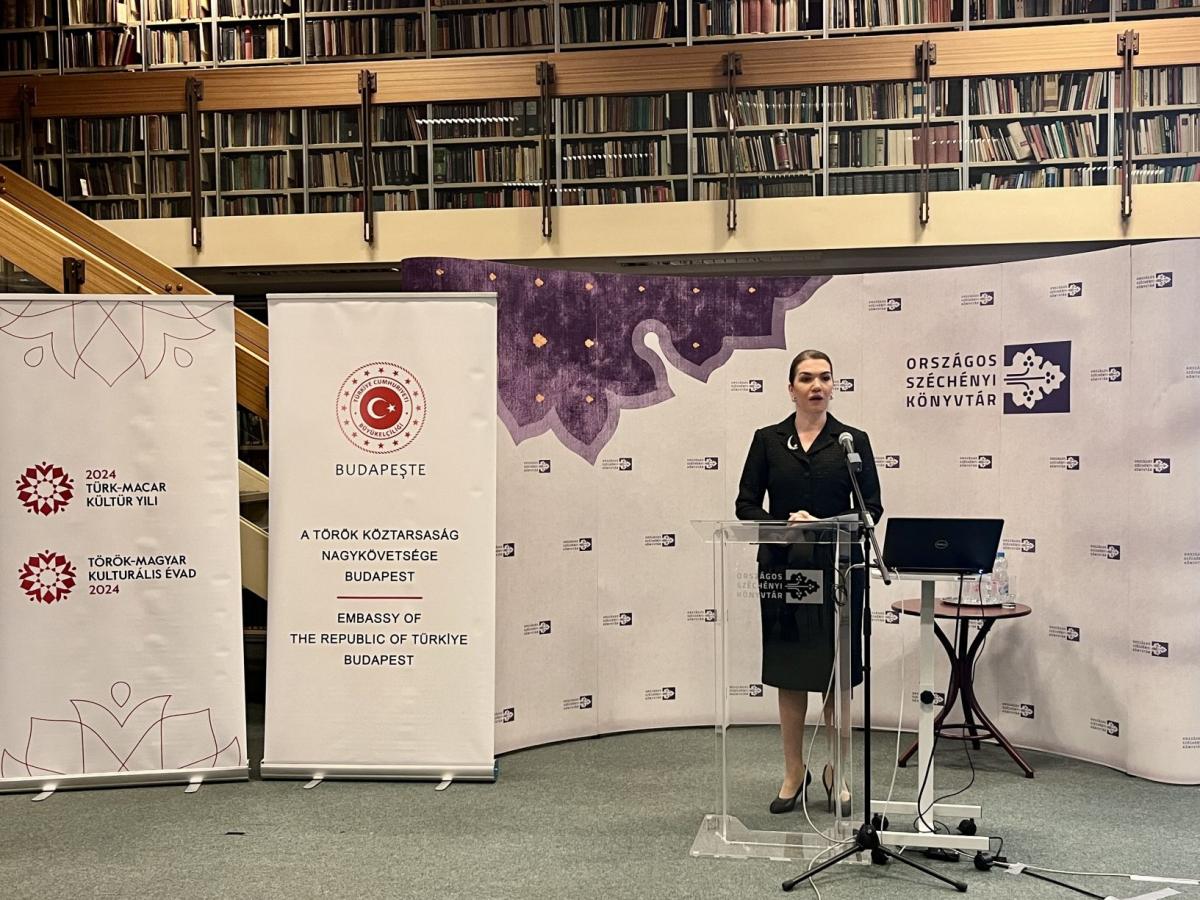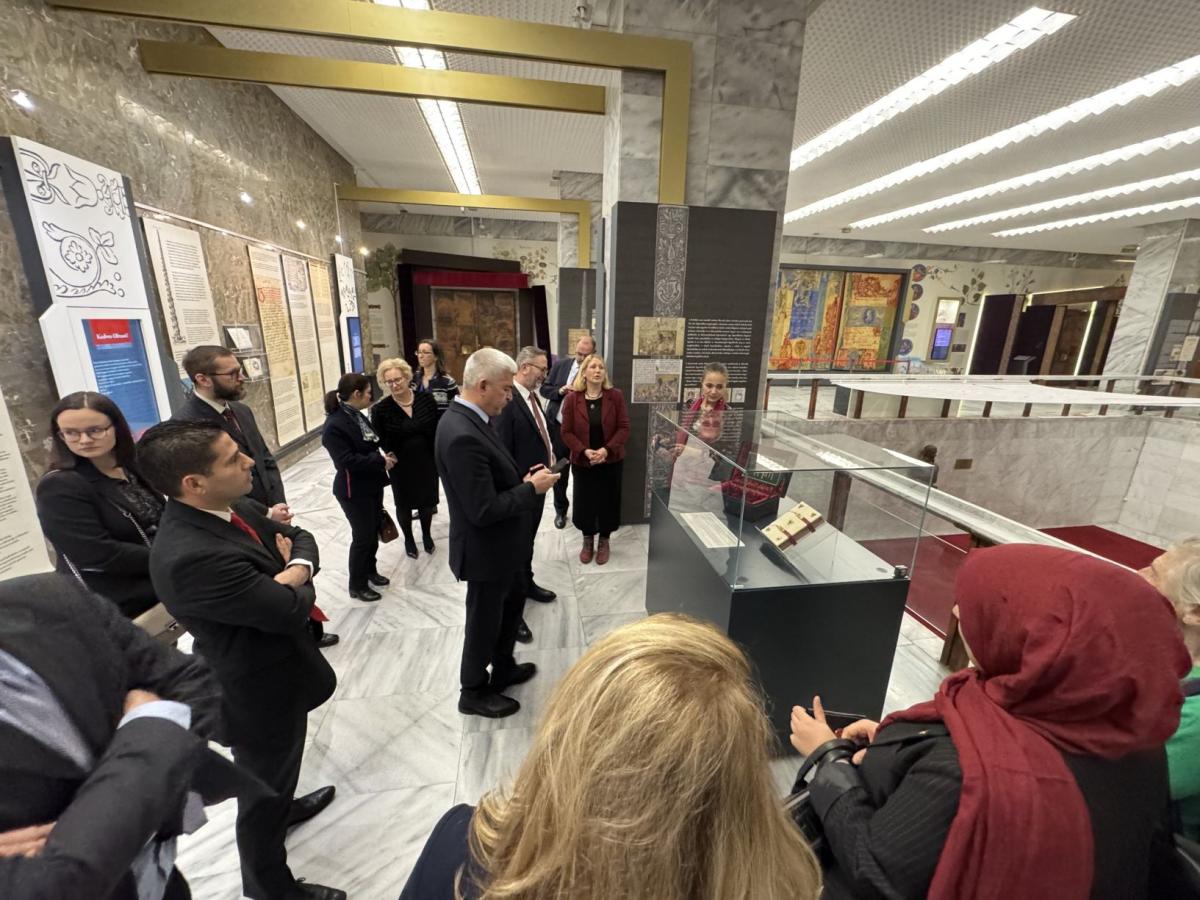
The legacy and work of İbrâhîm Müteferrika: an international symposium in the framework of the Turkish-Hungarian Cultural Year
On 4 December 2024, the HNMPCC NSZL hosted an international conference focusing on the legacy and work of İbrâhîm Müteferrika. The event was organised by the national library on the occasion of the Turkish-Hungarian Cultural Year as a follow-up to the conference Who connects: İbrâhîm Müteferrika that took place in May in Ankara.
Interculturality is an important pillar of the dialogue between Hungarian and Turkish cultures. The the topic of the symposium, the work, influence and legacy of İbrâhîm Müteferrika, is a unique link between Ottoman and European culture. Müteferrika, a Transylvanian-born scholar and printer, was born in Kolozsvár (today Cluj-Napoca) and his career has linked the Eastern and Western worlds. As the founder of the first printing house in the Ottoman Empire and the publisher of many scholarly works, Müteferrika's name is still a symbol of innovation and respect for tradition.
The event was attended by Judit Gerencsér, Deputy Director General of the HNMPCC NSZL, Gülşen Karanis Ekşioğlu, Ambassador of Türkiye to Hungary, Ayhan Tuğlu, Head of the Department of Libraries of the Office of the President of the Republic of Türkiye, and István Vásáry, Head of Representation of the Organization of Turkic States in Hungary.
In the two sessions of the symposium, eminent international academics and experts in the field explored aspects of Müteferrika's oeuvre, presented new research results and shared their proposals for cooperation.
The event was an opportunity to share, exchange and transfer knowledge, as well as to discover real treasures. The HNMPCC NSZL prepared a one-day special exhibition of Turkish-related material from four special collections of the national library. The guests were given a brief guided tour of the rare and valuable manuscripts, music documents, photographs, the former owners of the Turkish incunabula and the journey of the special treasures to the HNMPCC NSZL. Among the exhibited documents, the publications of İbrâhîm Müteferrika are available in the Early Printed Book Collection of the national library.
Müteferrika's work is not only of historical interest, but also a reference point in a world where dialogue and cultural cooperation are of paramount value. The events of the Turkish-Hungarian Cultural Year, including this symposium, are a reminder that the combination of tradition and innovation can create the foundations for the present and the future.
















